
History
The story of GKN was forged in the first fires of the Industrial Revolution. It is a story of change and innovation taking in the birth of rail, the invention of the car, the development of flight and man’s adventures in space.
In the beginning
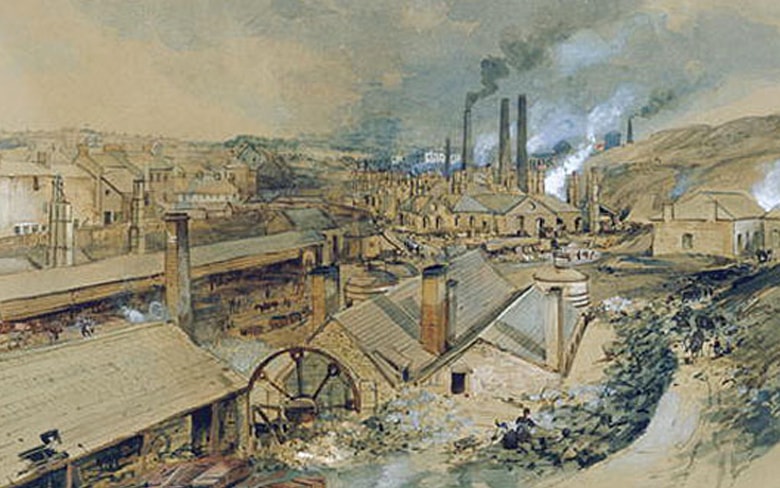
The GKN story began with the founding of the Dowlais Ironworks Co on 19 September 1759 in Dowlais, near Merthyr Tydfil in South Wales.
The Dowlais Ironworks Co was only the second coke-fired furnace in South Wales. In April 1767, the Guest family involvement in the business began when John Guest became works manager.
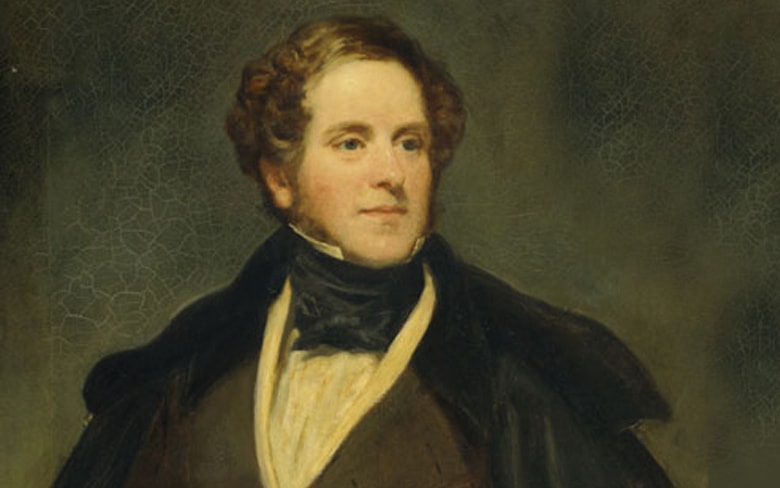
The Dowlais Ironworks developed rapidly to meet demand for iron as Britain charged through the process of industrialisation, particularly under Josiah John Guest – later Sir John Guest – who took over the running of the company in 1807. During the Napoleonic Wars, Dowlais Ironworks supplied cannonballs to the British army and by the 1840s, had more than 7,300 employees manning 18 blast furnaces and producing almost 90,000 tons of iron a year.
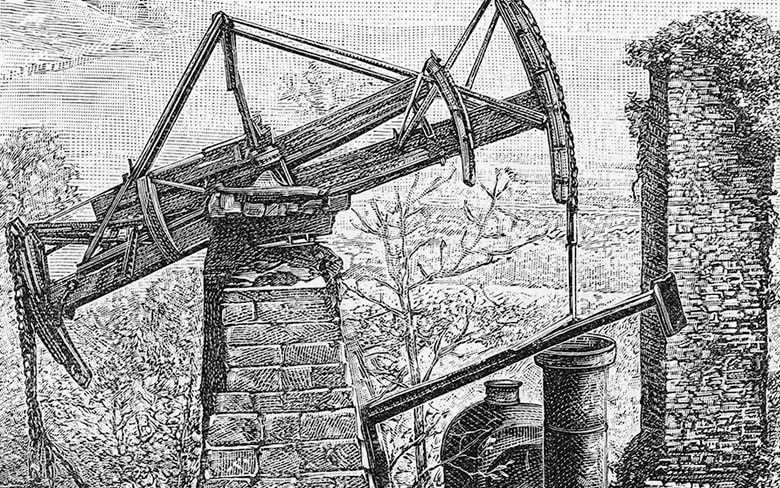
Dowlais Ironworks was at the forefront of the iron industry that helped build many of the Industrial Revolution’s major achievements – from railways to bridges. From the mid-18th century, there were a host of industrial innovations that would help revolutionise the world. In textiles, cotton spinning was transformed: first by Richard Arkwright's water frame, then by James Hargreaves' spinning jenny and Samuel Crompton's spinning mule – leading to the development of the mass production factory system. And the new factories came to depend on the steam power provided by the engines developed by Thomas Newcomen, James Watt and Richard Trevithick.
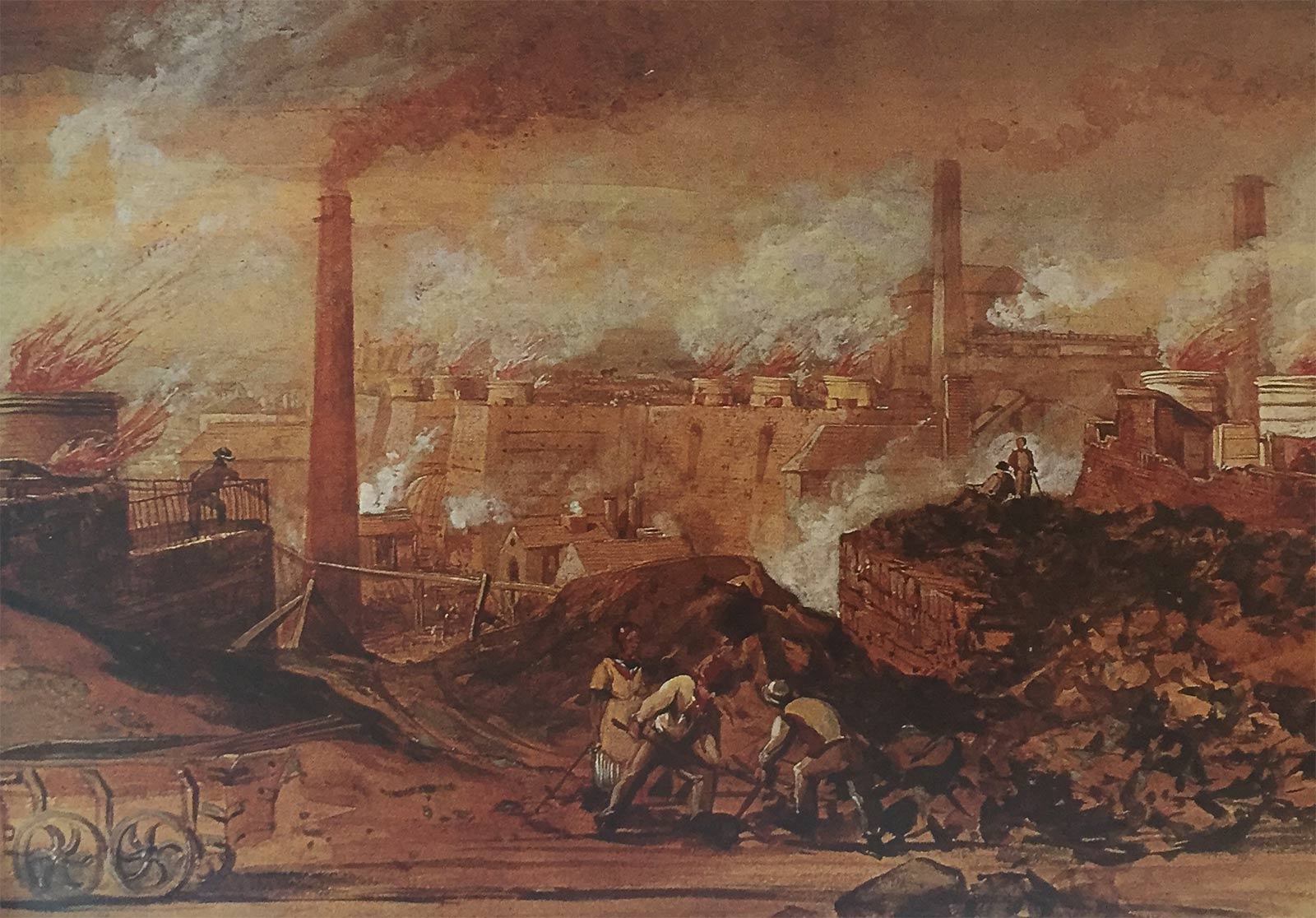
A fast track to success
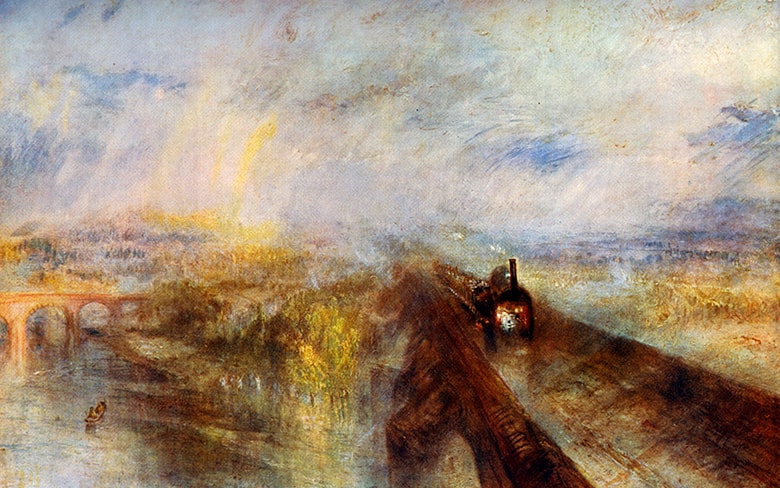
The growth of the Dowlais works was closely tied to the dramatic development of the railways. In the process, the GKN story became linked with many of the great Victorian engineers, the pioneers of the American railroads and the transformation of 19th century life.
The birth of the railways played a huge part in the Industrial Revolution, transforming the transport of goods and people and fuelling a host of supplier industries. Dowlais quickly became one of the industry’s key suppliers leading to a huge surge in production and workforce in the first half of the 19th century.
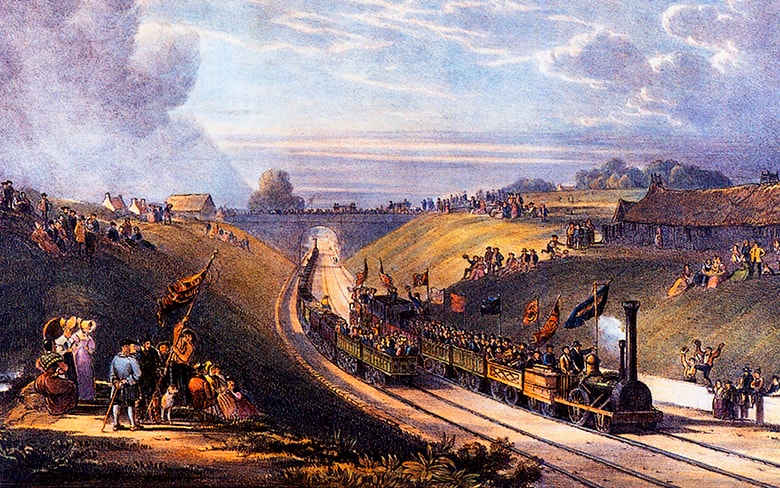
Dowlais supplied iron rails to rail companies throughout Britain, but also exported them around the world. From the 1830s, rails were sold to the USA for use in the construction of the new railroads opening up America’s frontiers. Then in the 1840s, markets in Europe began to expand with major sales to Russia and Germany, and smaller sales across the continent. Lady Charlotte Guest described a contract made in 1844 to supply 50,000 tons of rail to Russia as, “the largest contract of the kind ever made.”
As a result, of the railway-led boom, Dowlais had, by 1845, become the largest ironworks in the world, and had helped transform the industrialising world.
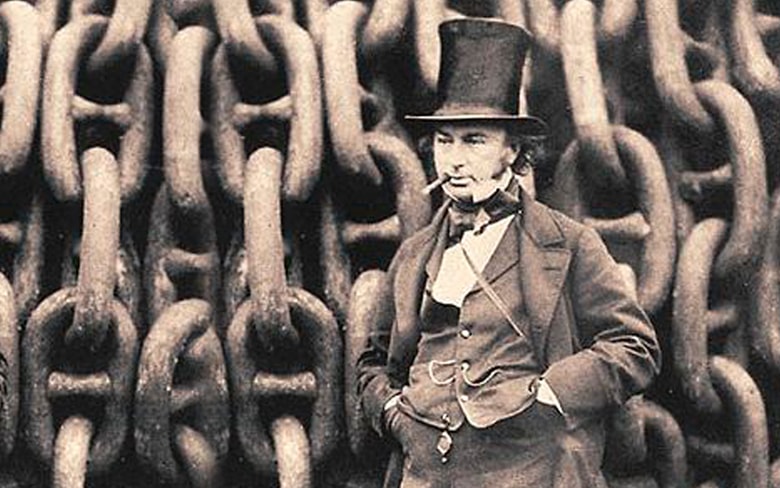
Brunel was one of the world’s greatest engineers. Despite building the world’s first tunnel under a river – the Thames tunnel – it is for railways, bridges and ships that he is really remembered. His most famous railway was the Great Western from London to Bristol that boasted soaring viaducts and vast tunnels, including the famous Box Tunnel – the longest railway tunnel in the world. Among his many bridges the Clifton Suspension Bridge had the longest span in the world. And he built the world’s biggest iron ships – first the SS Great Britain and then the SS Great Eastern.
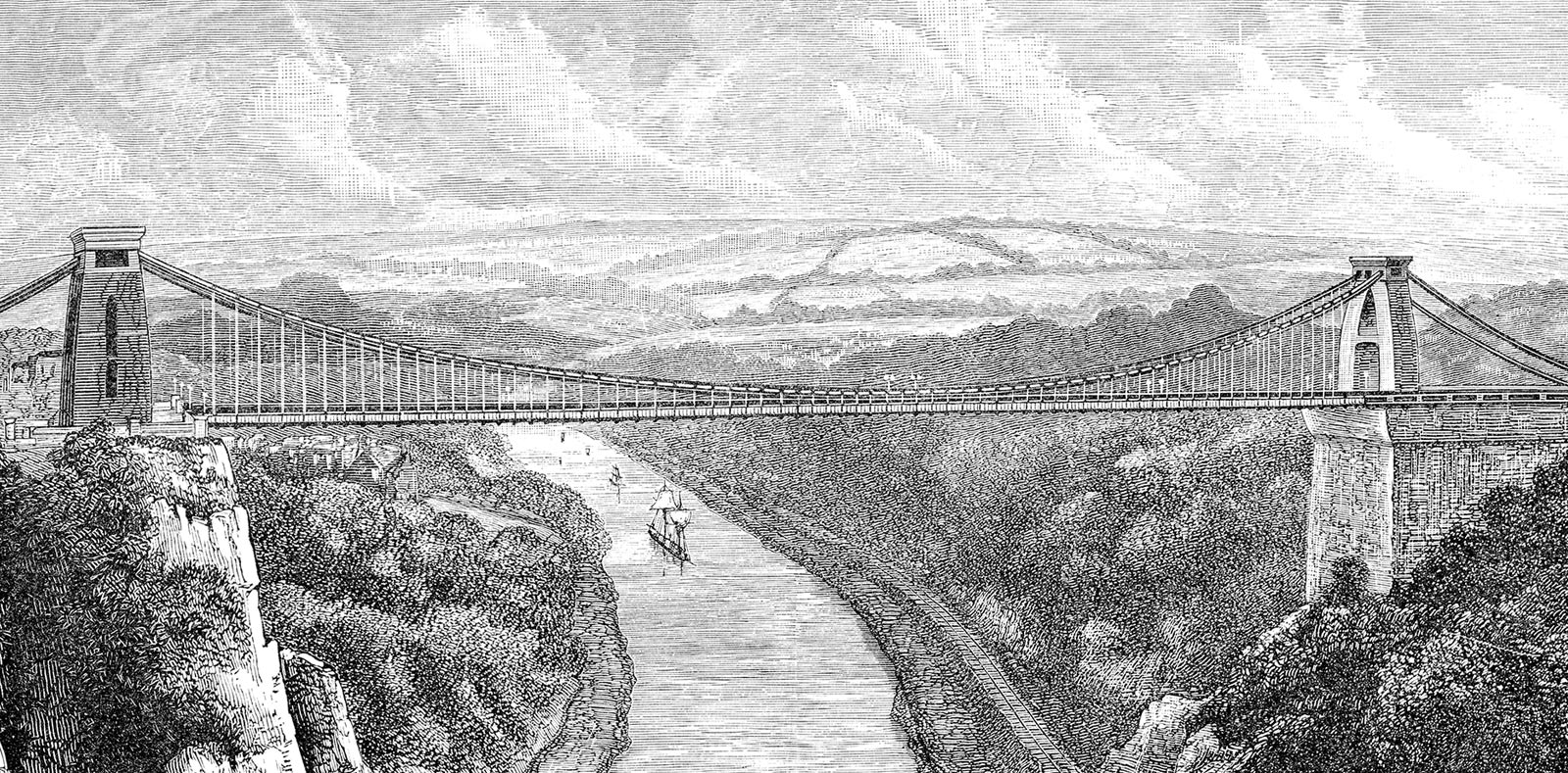
Lady Charlotte Guest: a pioneering woman
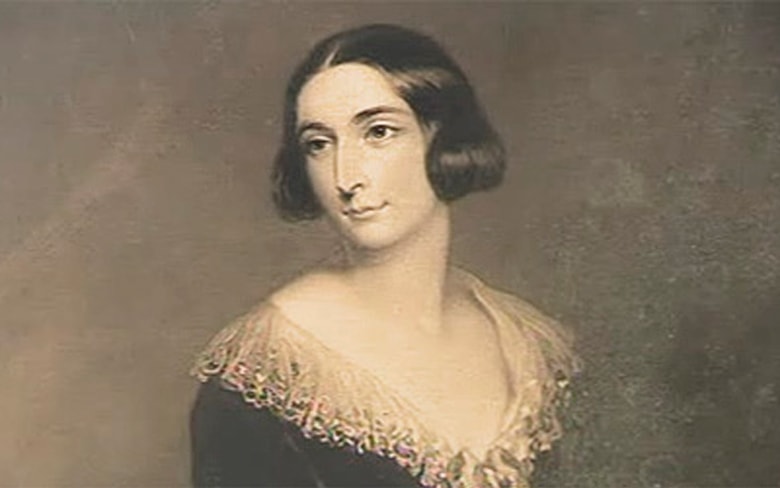
In an age when the business world was completely dominated by men and when women were not allowed to own property or vote, the achievement of Lady Charlotte Guest is extraordinary.
In 1852, Lady Charlotte’s husband Sir John Guest died. Despite the expansion and success there was a range of problems facing Dowlais on his death. The business was becoming complex, working conditions in the growing plants were becoming an issue.
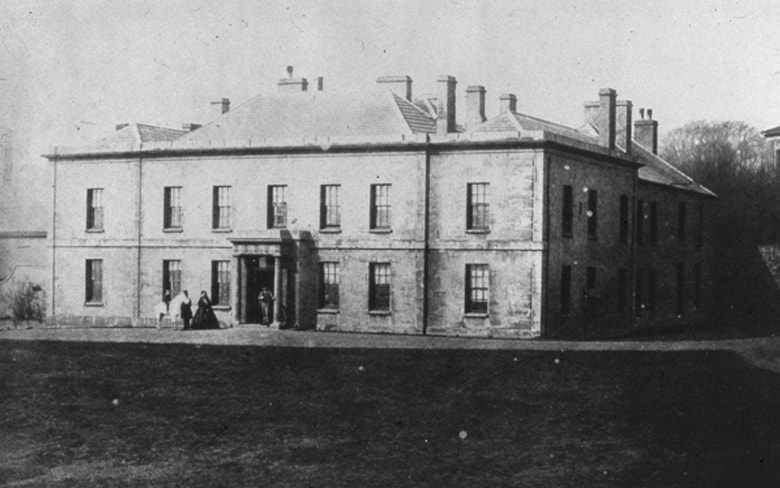
At this crucial point, Lady Charlotte took the reins and led the business through three critical years. The advantage Lady Charlotte had was that she knew the business inside out, having immersed herself in it to support and advise her husband. She had drawn up the monthly accounts, been involved in planning and learned the principles of iron production.
She set about assembling a strong management team and oversaw a programme of renovations. Under her management, Dowlais became the world’s largest manufacturing company and laid down plans for further expansion.
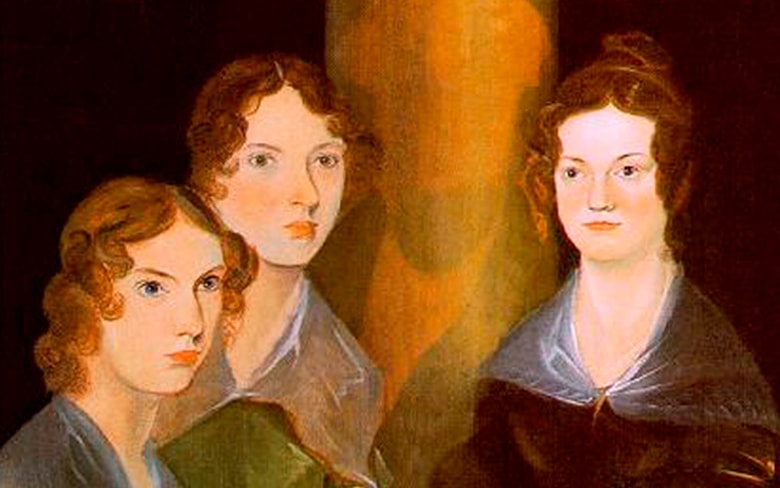
Lady Charlotte Guest was not the only Victorian woman to defy the age and make her mark on history. Florence Nightingale – the Lady with the Lamp – came to prominence as a nurse during the Crimean War, cutting mortality rates and establishing the link between sanitary conditions and healing. Isabella Mary Beeton – at the age of 25 – wrote Mrs Beeton’s Book of Household Management – an encyclopaedic guide to running a Victorian household and widely credited as the world’s first recipe book. And George Eliot (real name Mary Ann Evans) and the Brontë sisters – Charlotte, Emily and Anne – wrote some of English literature’s finest works.

From iron into steel
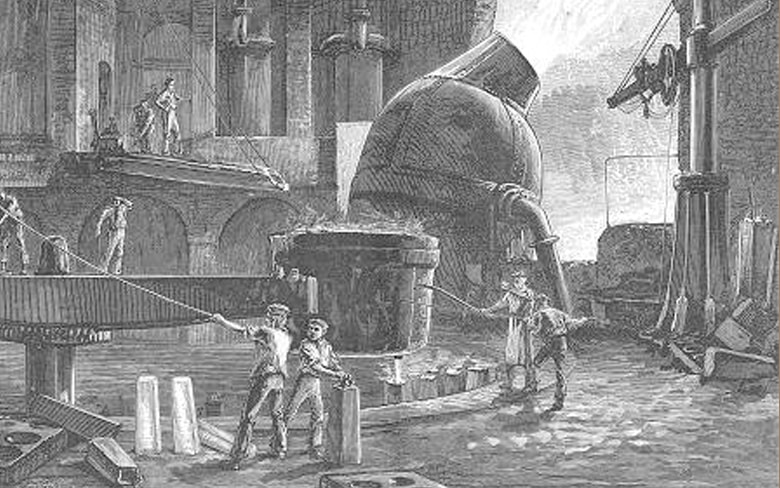
In the 1850s, Dowlais ironworks began the process of transforming itself in response to the evolving demands of the industrial age. The key development was in the shift to steel production – which would enable Dowlais to enhance its position at the leading edge of technological innovation.
Iron had been central to the Industrial Revolution, but once the mass production of steel was developed it was soon superseded as the engineer’s material of choice. As ever, Dowlais was keen to adopt new methods and became the first British company to acquire a licence to produce steel using the Bessemer process in 1856.
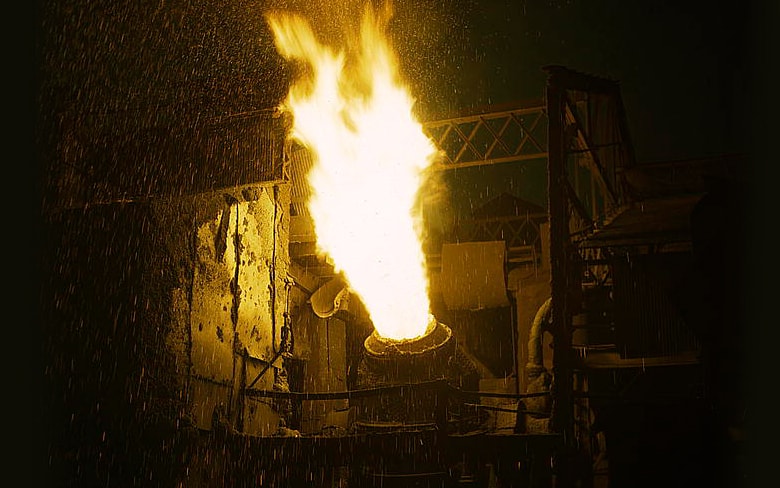
Prior to its introduction, steel had been around 10 times more expensive than iron – making it too expensive for use in railways, bridges or the frameworks of buildings. After the industrialisation of the Bessemer process, steel and wrought iron soon became similarly priced and most manufacturers quickly turned to steel. In 1871, Dowlais produced almost 26,000 tons of Bessemer steel; by 1884, it was producing more than 118,000 tons.
With steel production supplanting iron, Dowlais continued to grow through the second half of the century and, in 1888, built a second steelworks in South Wales, this time in Cardiff. The company had successfully evolved its business and entered the 20th century as one of the largest ironworks in the world.
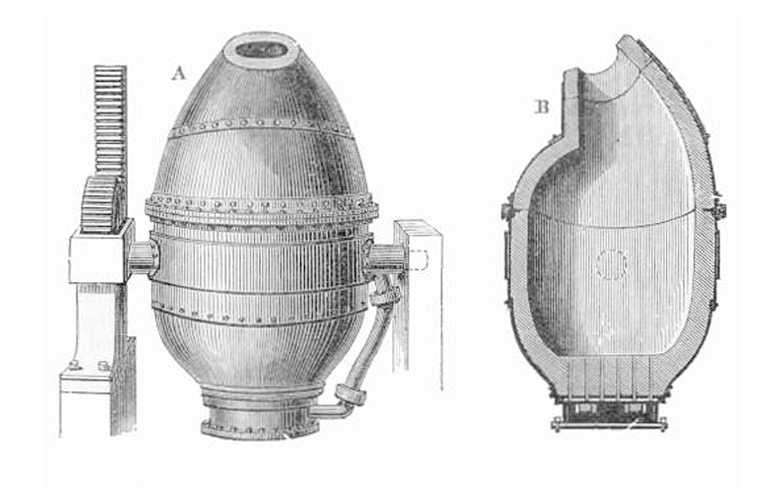
When Henry Bessemer discovered his process for the mass production of steel from molten pig iron he gave the second wave of the Industrial Revolution a huge push forward. Patented in 1856, the Bessemer converter oxidised the impurities in the molten iron ore – carbon, silicon and manganese – creating strong, pure steel. Once this process was replicated on an industrial scale, steel quickly superseded iron because of its superior strength. Though Bessemer’s breakthrough was key to Europe’s industrialisation, 800 years earlier a similar process had been developed in China – the only difference being that they hadn’t used it for large-scale production.
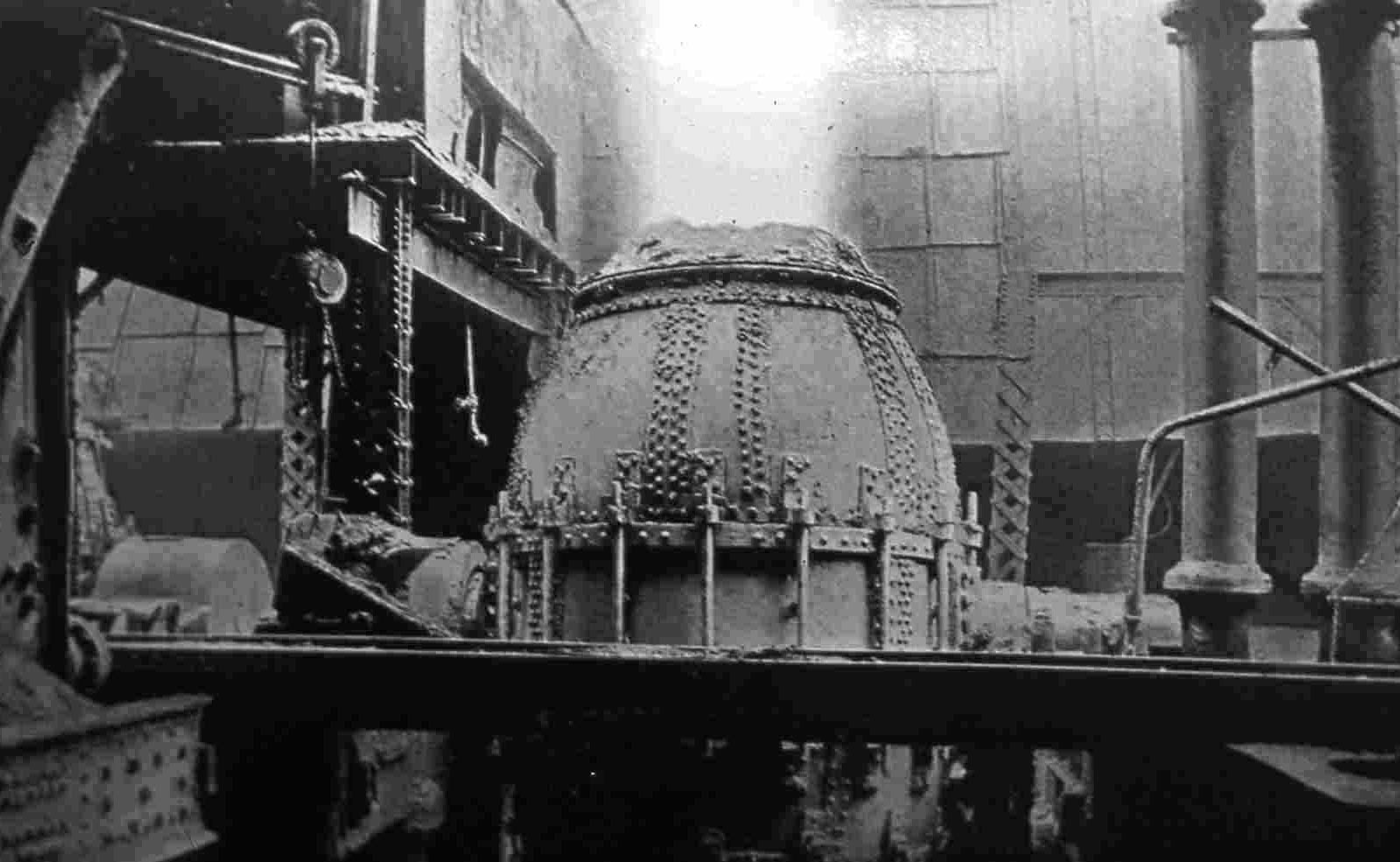
Mergers and re-birth
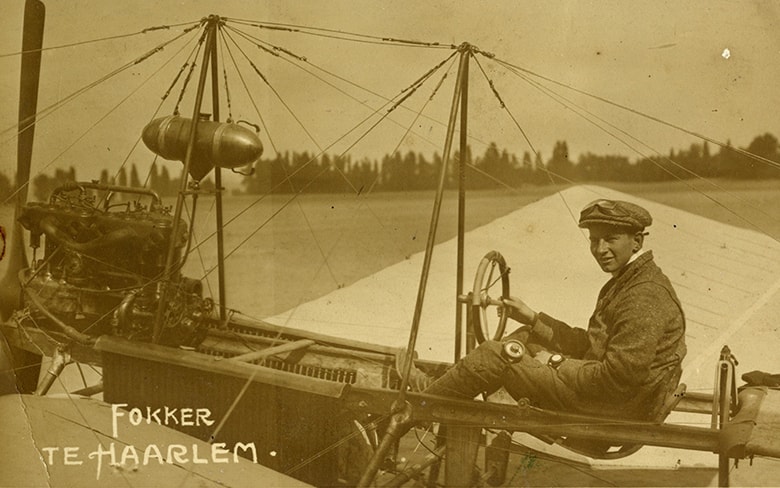
Downstream of the iron and steel-makers, other industries and companies had been rising – and would soon become part of the developing GKN story.
In 1834, in Birmingham, John Nettlefold had opened a woodscrew mill. And in 1856, just down the road, Arthur Keen had founded the Patent Nut & Bolt Company (PNB) with his American partner, Francis Watkins, and which had become a major manufacturer of fasteners.
Keen was to become the architect of Guest, Keen & Nettlefolds and was a classic Victorian entrepreneur. He believed that PNB had to integrate vertically up the production chain into steel, which was replacing iron as the raw material for fasteners.
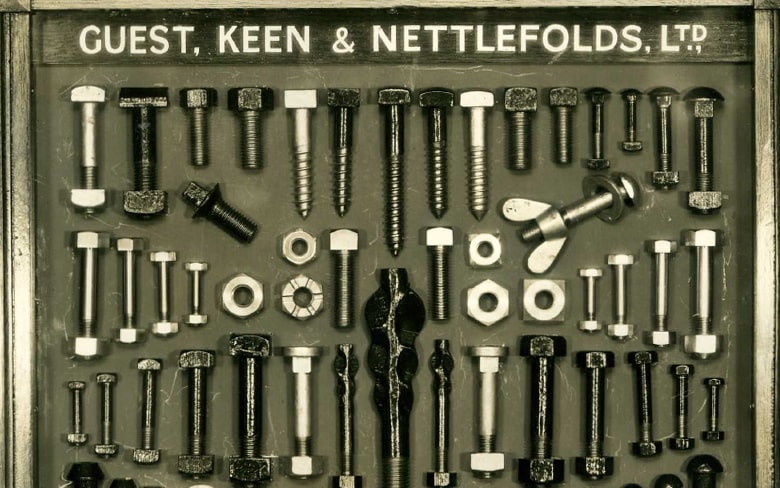
Through a contact, Keen learned that Lord Wimborne was ready to sell the Dowlais Iron Co. As Dowlais was larger than PNB, this would be a reverse takeover. Stretching his resources to the limit, Keen agreed in September 1899 to pay Wimborne £1.53m for Dowlais. He told his shareholders that the deal would “give the company a position of complete independence...enabling it to hold its own in competition with the whole world.”
In July 1900, the combination of Dowlais and PNB was incorporated into a new group, Guest, Keen & Co. Two years later, Keen drove through the takeover of a reluctant Nettlefolds Ltd and the enlarged company became Guest, Keen & Nettlefolds.
In 1905, GKN was the 15th largest British company – with assets of £4.54m – and the largest iron, steel and coal group in the country.
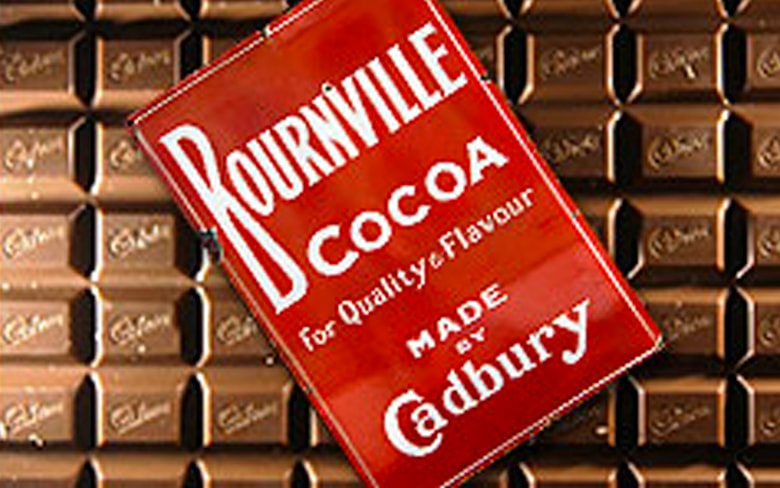
Arthur Keen was one of a long line of Victorian entrepreneurs. Today, Marks & Spencer is known around the world but, in 1884, it was single market stall in Leeds run by Michael Marks, an immigrant from Minsk. Thomas Spencer joined the company 10 years later, and the rest is history... In 1824, John Cadbury started selling tea and coffee in Birmingham – today, Cadbury is the world’s biggest confectioner famous for chocolates such as Dairy Milk, Flake and Bournville (the name given to the worker’s village the company built in Birmingham). Among the many other great Victorian businesses were the confectioner, Rowntree, and Boots the chemist.
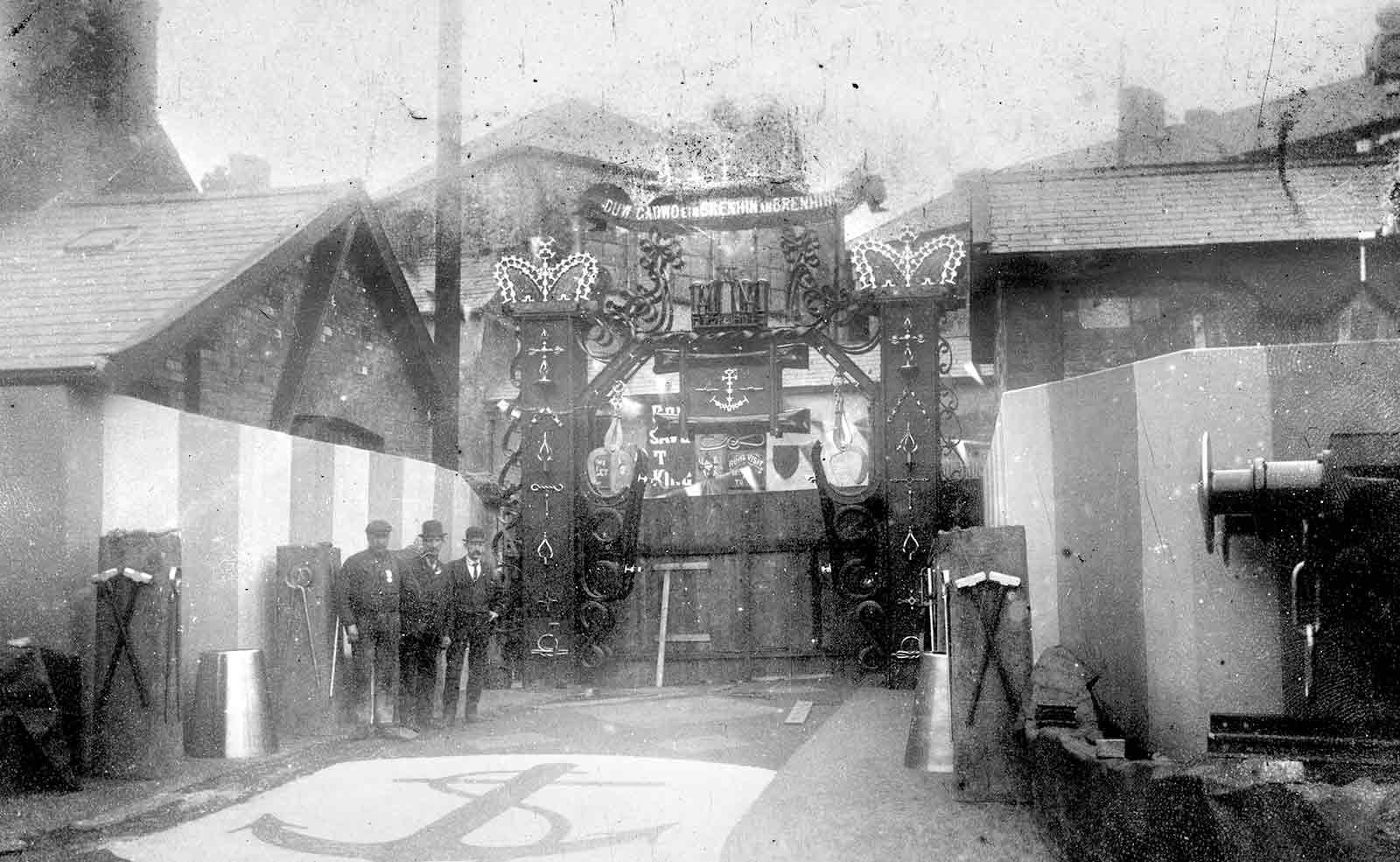
Munitions and motor cars
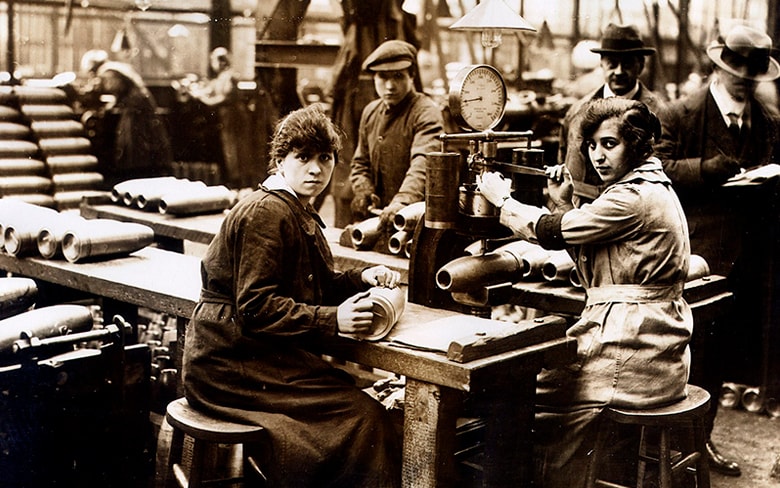
The first half of the 20th century saw GKN heavily involved in wartime production – while also seeing the company make its first move into the emerging motor industry.
During the First World War, GKN’s plants became Controlled Establishments under the direction of the UK Ministry of Munitions. They produced steel for a range of military uses, especially shells, but with so many volunteers having joined the armed forces there were severe labour shortages. Women filled the gap, as they did again in the Second World War. At Dowlais, they worked in the brickyards as machine hands, moulders and clay grinders. Nettlefolds had always employed women, but during the war numbers soared.
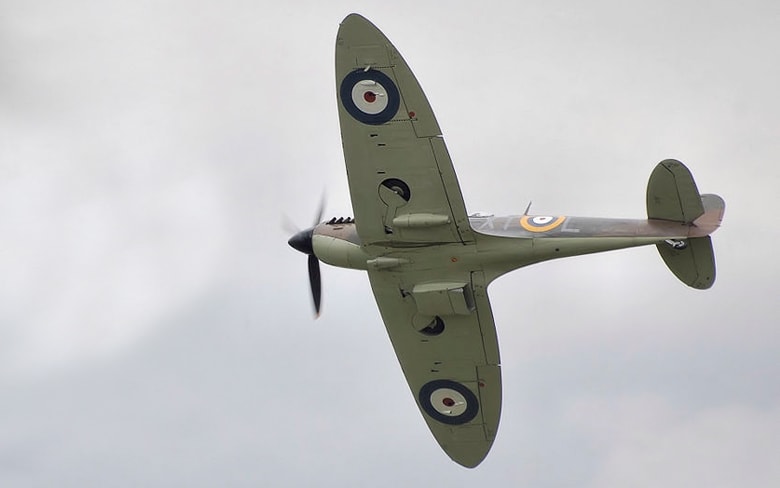
After WW1, a new leader emerged from an unexpected source to give GKN fresh direction. H. Seymour Berry (later Lord Buckland) had built up a profitable coal-mining business with his business partner David Llewellyn. In 1919, they bought a controlling interest in the steel-making group John Lysaght Ltd and then acquired Joseph Sankey & Sons, which was established as a supplier of wheels, chassis frames and bodies to Britain’s new motor industry.
Three months later, they proposed a merger to the GKN board. Lysaght was merged into the larger GKN, but Berry and Llewellyn became the group’s driving forces.
This new GKN contained most of the elements that would sustain it through the Great Depression and propel it through the next half-century: heavy steel-making; steel-processing; fasteners and other steel products; and motor components. But it did suffer one historic casualty: in 1936, the Dowlais works closed, bringing an end to 170 years of iron and steel-making.
When war broke out in 1939, GKN again made a full contribution. The Hadley Works produced Spitfires, Lysaghts assembled a specialised tank for the D-Day landings and the company produced steel, forgings and fasteners for tanks and aircraft, as well as millions of steel helmets.
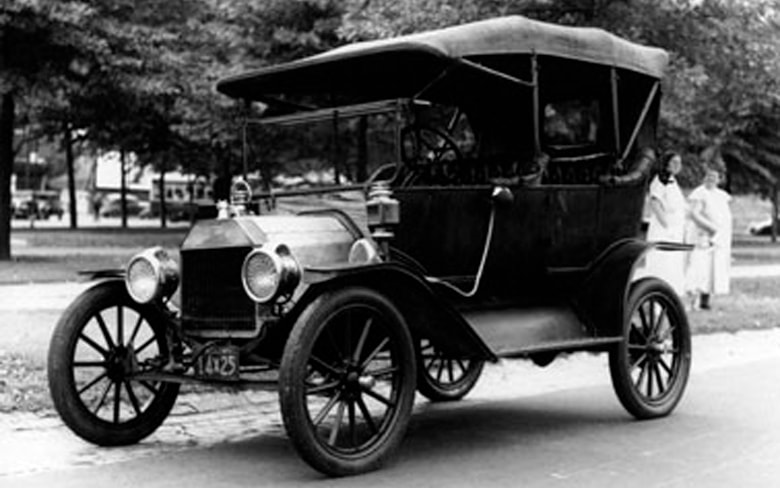
Around the turn of the 20th century, a new industry appeared that was to transform the way people lived. The automobile industry spluttered into life in numerous countries, inspired by some now famous names: Benz, Peugeot, Citroën, Oldsmobile... But one car came to symbolise the dawn of the motor age – the Model T Ford. Between 1908 and 1927, Ford made more than 15 million Model Ts. Most were black, a result of the strict assembly line production process that saw each car made in just 93 minutes. The Model T was so successful that Ford did not need to advertise between 1917 and 1923.
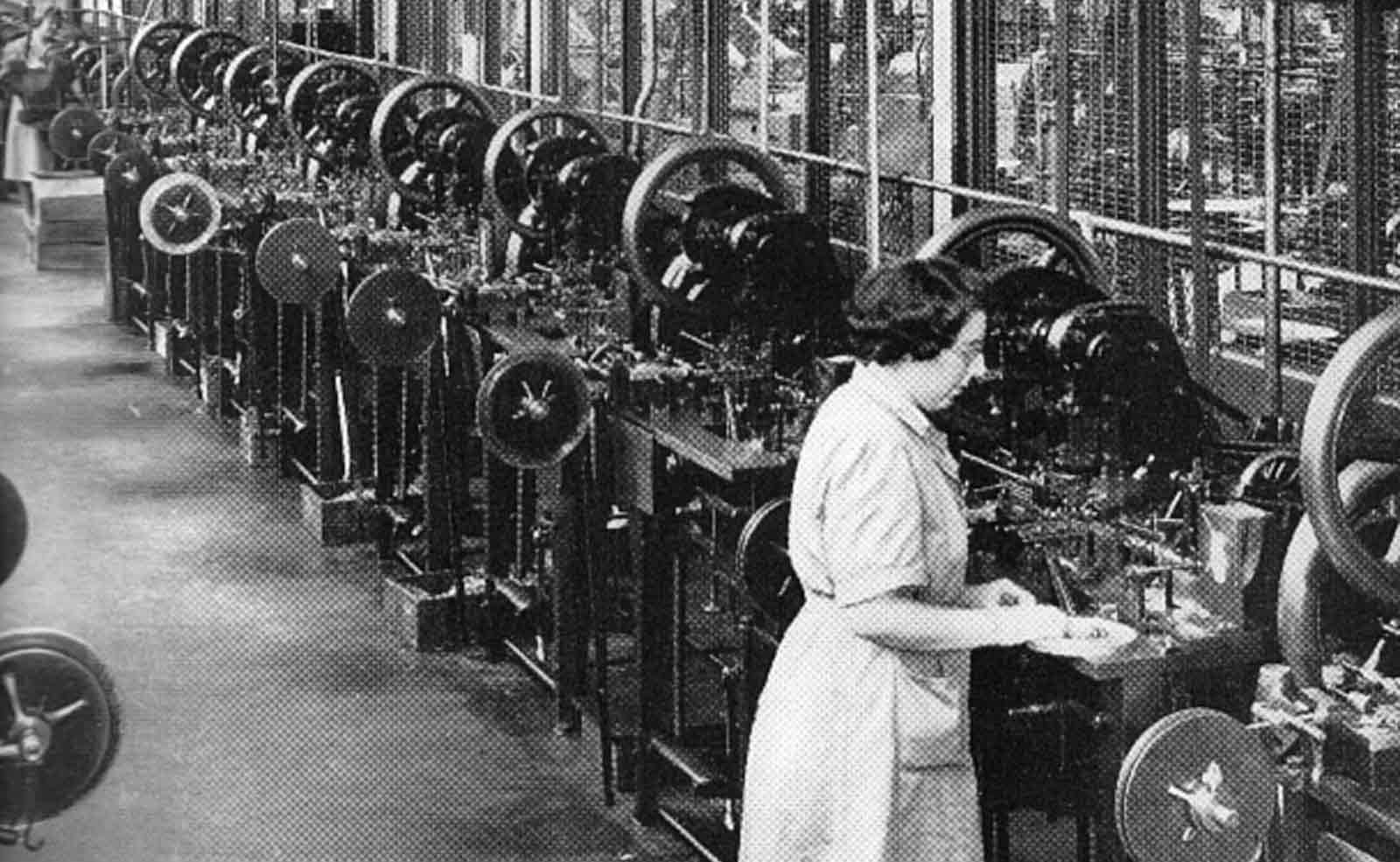
Nationalisation and diversification
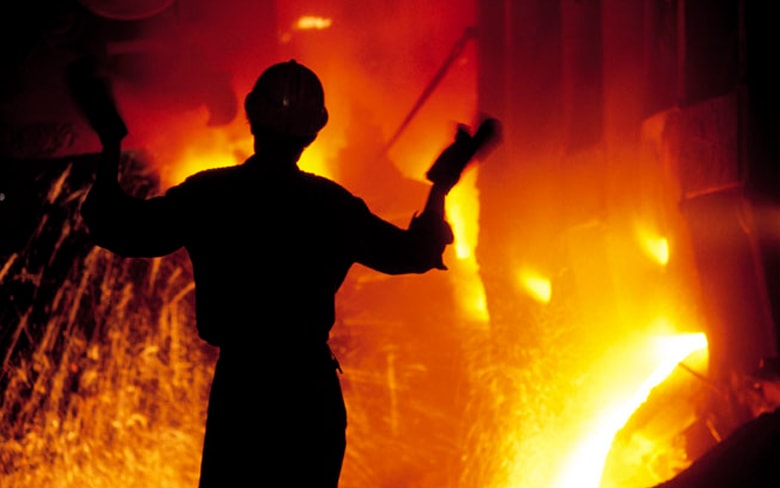
GKN emerged from the war as Britain’s biggest steel producer. However, it was soon embroiled in a battle against the Labour government’s determination to nationalise the steel industry – and so began a move into new areas of engineering and technology.
Labour first nationalised the steel industry in 1951 – paying GKN compensation of £18.7m for its assets. Four years later, the group bought them back for just under £12m from the Conservative government. But in 1964, Harold Wilson’s Labour government was elected with a mandate to renationalise steel. When completed in 1967, this left GKN with some steel interests, but led the company into a gradual withdrawal from its traditional industry over the following 20 years.
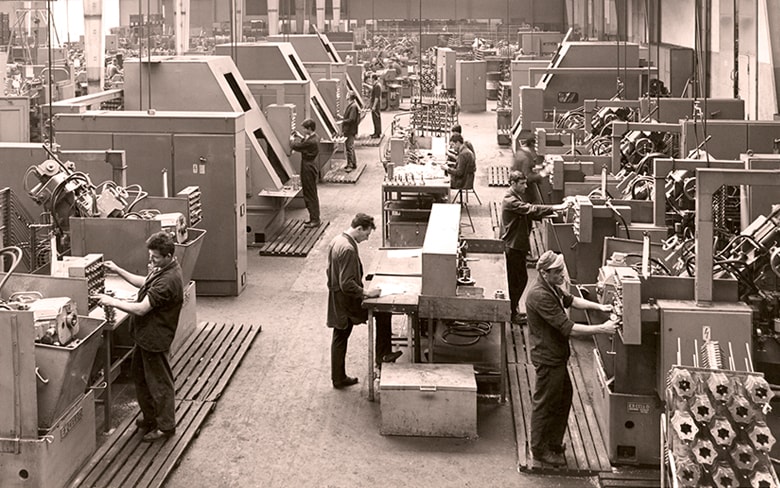
GKN explored new business avenues. It expanded its involvement across the newly independent countries of the British Commonwealth and became involved in a host of steel-related businesses, including vehicle components such as crankshafts and propeller shafts. Building on wartime experience, the company began production of the famous Warrior tank for the British Army.
GKN also expanded in the industrial services sector. In 1974, the group and the Australian company Brambles formed the GKN Chep pallet pool in the UK. Four years later, the venture expanded into mainland Europe and the group’s most successful industrial services business was on the road to international growth.
GKN’s diversification was a process that by the 1980s had led to involvement in a huge variety of industrial services ranging from plumbing and roofing to locks and window latches.
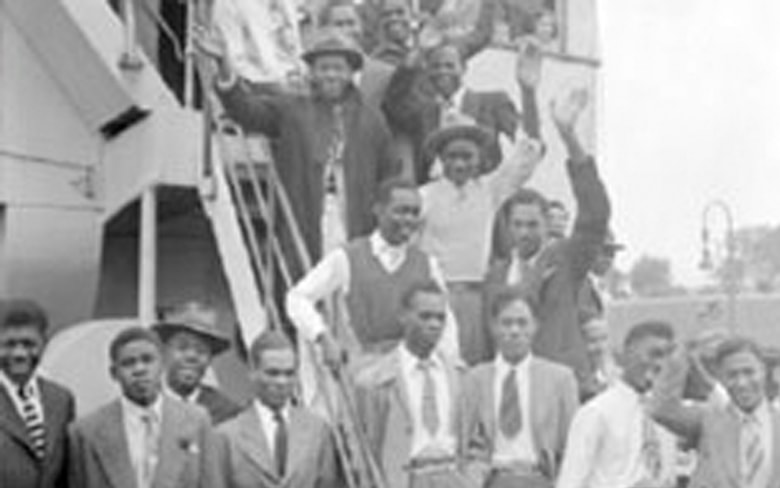
After WW2, Britain was virtually bankrupt and in 1946 borrowed $3.5 billion from America (the last repayment was in 2006!). Faced with growing protests – most notably Gandhi’s satyagraha movement – Britain’s gave up its empire. In 1947, Pakistan and India became independent countries – to be followed over the next 20 years by most colonies, particularly after Macmillan’s “Wind of change” speech prompted withdrawal from Africa. At the same time, Britain experienced a wave of immigration. The arrival of the ship Empire Windrush, in 1948, carrying 492 West Indians provided the iconic image of a process that would help rebuild the economy and create a new multicultural society.
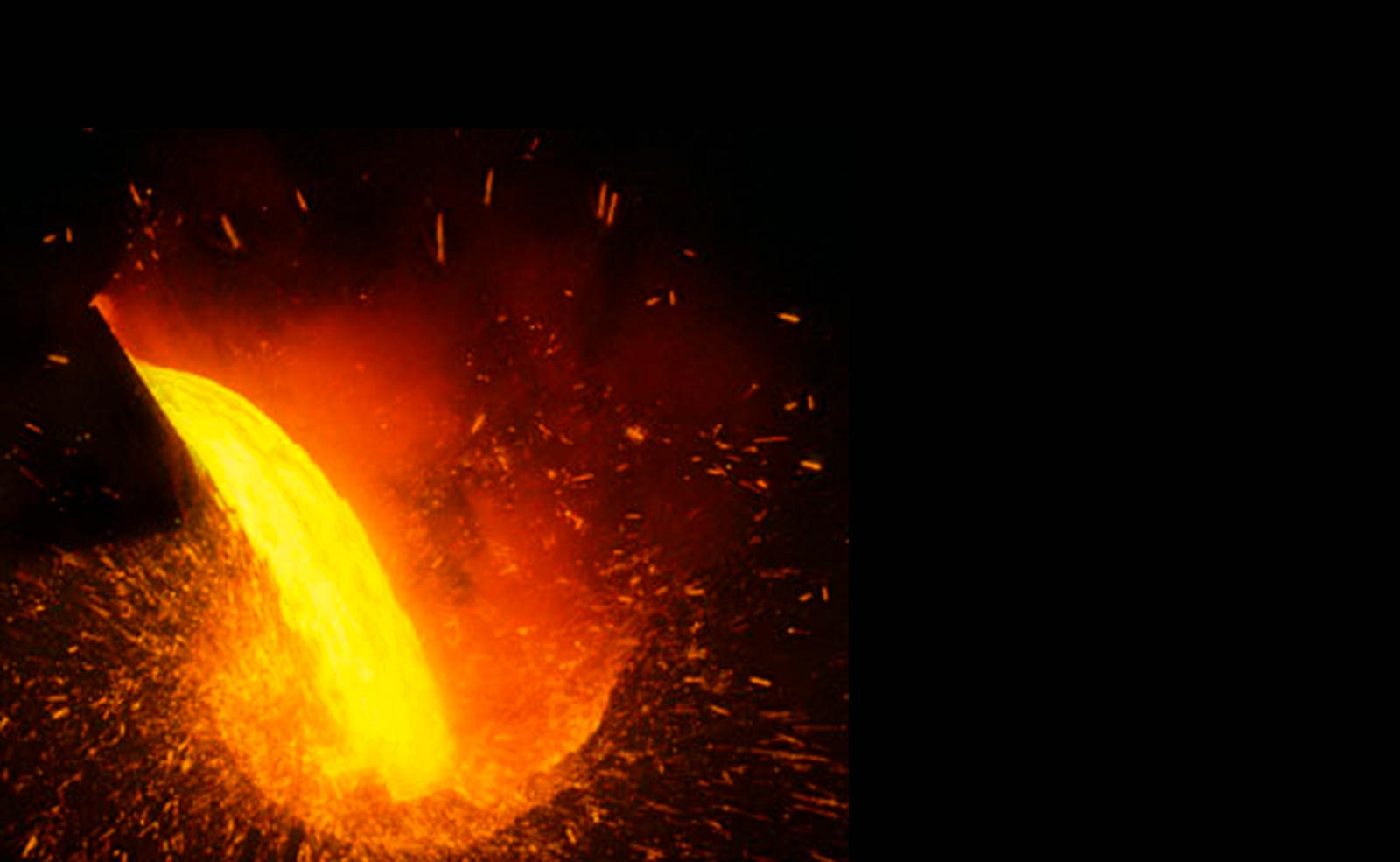
The drive to automotive
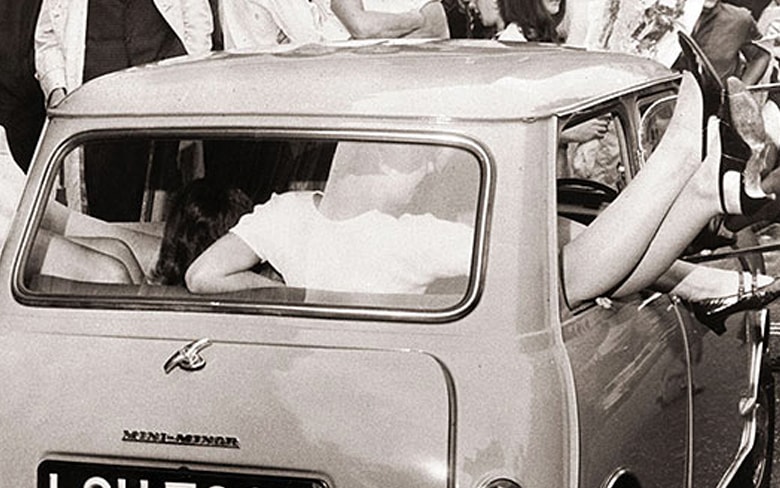
In keeping with GKN’s history of continuous innovation, the 1960s witnessed a significant move into the automotive industry – which would lead to GKN Automotive’s current position at the forefront of the automotive industry.
In 1966, Raymond Brookes – who had become chairman of GKN the previous year – completed the takeover of the Birfield automotive components group. Birfield’s main business was propshafts, but within its portfolio were two companies making constant velocity joints (CVJs): Hardy Spicer in the UK, and Uni-Cardan, based in West Germany but with interests in France and Italy.
CVJs were revolutionising the motor industry, enabling the new generation of front-wheel drive cars – including the iconic Mini. As a result, GKN’s automotive business emerged for the first time as a major force in the group, accounting for approximately one-third of sales by the end of the 1960s.
But most of these sales were to the UK motor industry, which limped into the 1970s, bedevilled by strikes and falling competitiveness. The years 1973/74 were a nightmare, with the first oil price shock quadrupling oil prices while a three-day working week was introduced in Britain to save power when the miners went on strike.

As GKN’s UK businesses struggled, Uni-Cardan – in which the group took majority control in 1971 – kept the company afloat. Nevertheless, in 1980 the group made the first loss in its history.
GKN fought through the downturn, laying down foundations for fresh growth: opening plants in the US, expanding in Europe and, crucially, forging close links with all of Japan’s leading vehicle makers.
A wave of global investments followed: in Brazil, Mexico, India, Australia, South Africa, Japan, Thailand, South Korea, Malaysia, Taiwan and, in 1989, China – as the driveline business created a global network and cemented its market leadership.
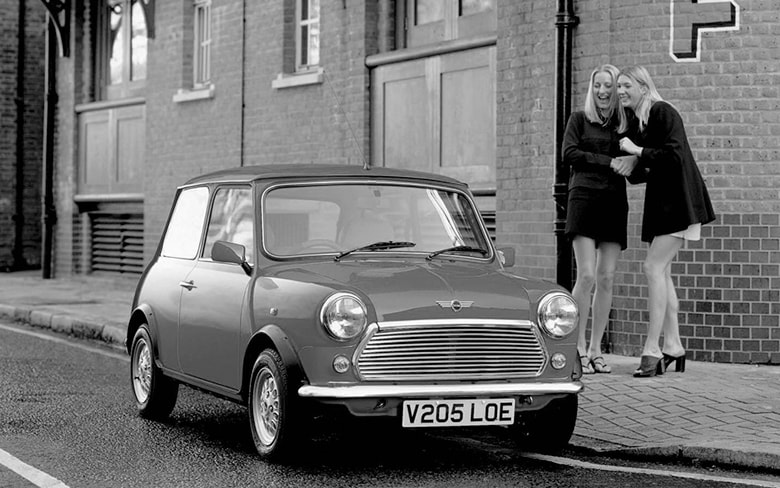
The Mini was an icon of the Swinging Sixties. Paul McCartney, John Lennon, Ringo Starr and George Harrison of The Beatles all owned Minis and a famously psychedelic one appeared in their Magical Mystery Tour movie. Many other 1960s stars drove Minis, including Peter Sellers, Britt Ekland, Marianne Faithfull, Steve McQueen and even Enzo Ferrari. In 1969, the Mini was arguably the star of The Italian Job featuring Michael Caine. Away from the world of celebrity, the Mini was a successful rally car and is famed for its pioneering use of CVJs and front wheel drive. A total of 5.4 million Minis were made between 1959 and 2000.
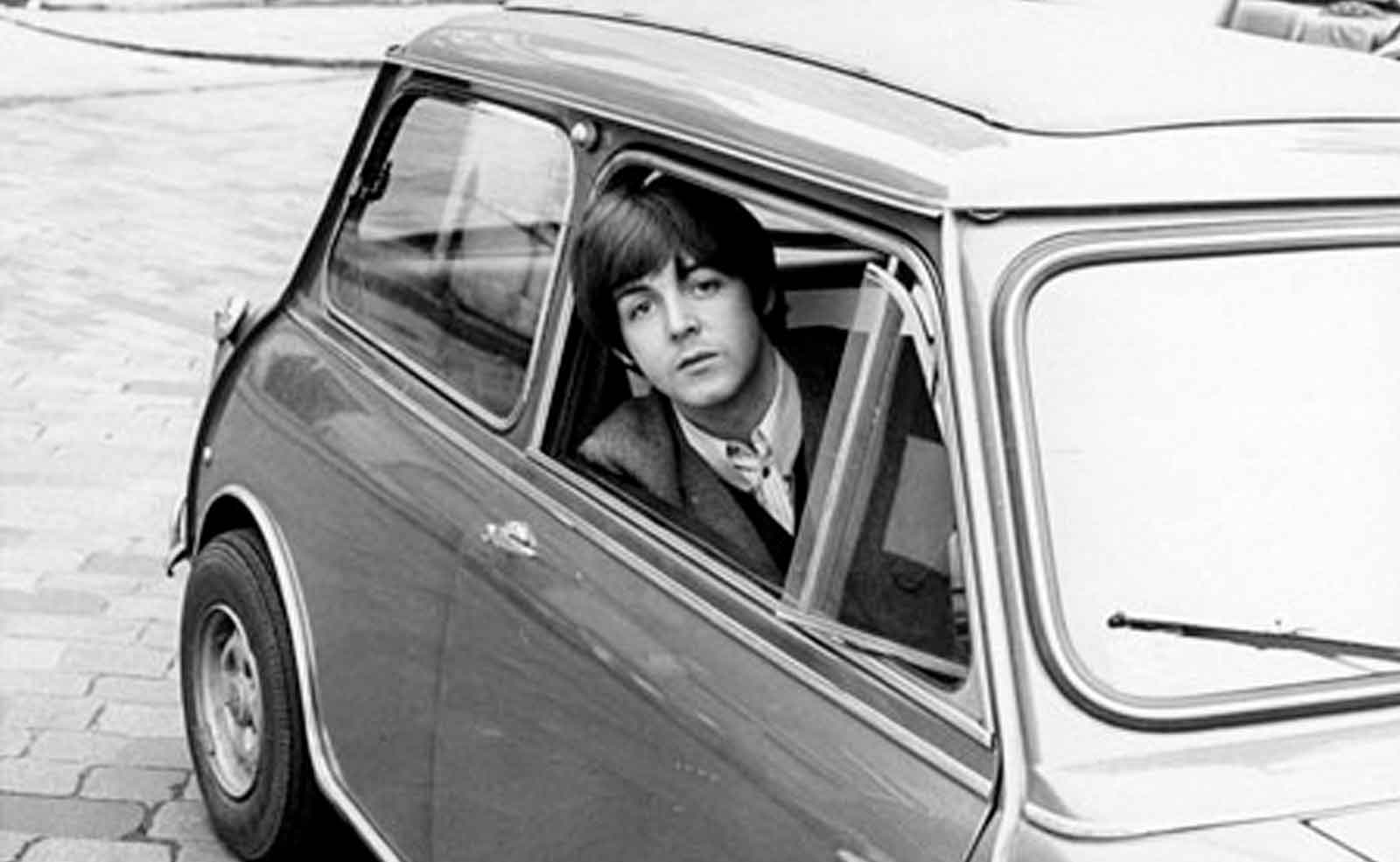
Taking off in new directions
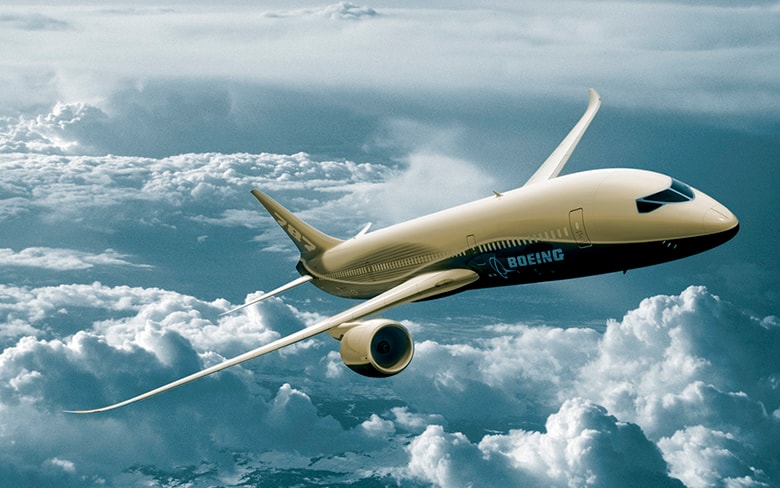
With the company going truly global, but withdrawing from its historic steel business, Guest, Keen and Nettlefolds took a modernising step and officially changed its name to GKN plc and took steps into new business territories.
In 1988, GKN acquired a stake in Westland plc, the British helicopter and aerospace manufacturer. Westland was known worldwide for its helicopters, but it had previously acquired Saunders Roe – the famous flying-boat maker (later renamed Westland Aerospace Ltd) – which was at the leading edge in aerostructures and composite materials.
The move into aerospace technology continued the shift away from heavy engineering that had begun in the 1980s and continued through the recession of the early 1990s. A host of non-core operations, notably in industrial services, were sold or closed cutting the global workforce from 93,000 in 1980 to 32,300 in 1990.
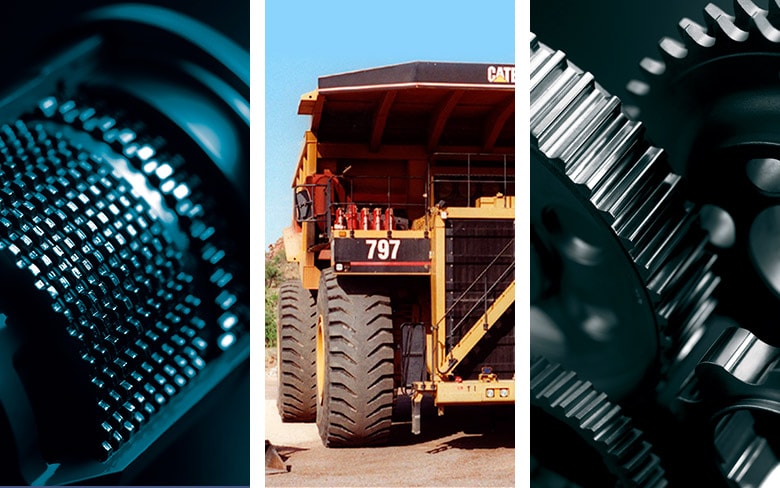
GKN was now focused on a few growth businesses: Driveline, Chep, Cleanaway, Aerospace/Defence and Off-Highway, which had developed from the original Sankey operation. Strategic moves expanded Chep into the potentially vast American market and Driveline into post-communist Eastern Europe. Powder Metallurgy and Sinter Metals were identified as a potential core activity and the company embarked on a rapid expansion through acquisition, mainly in the US, but later in Europe.
The expansion into new areas drew GKN closer to a new rubicon. Chep, now thriving in the US, was a huge joint venture that GKN did not completely control; the helicopter industry was rapidly consolidating; the aerostructures business needed to stay at the leading edge.
In 2001, an extraordinary few months of activity re-shaped the business for the 21st century. In a multi-billion pound deal – the biggest in the company’s history – Chep and Cleanaway were de-merged; Westland’s helicopter business was merged into a joint venture with Agusta, owned by the Italian group Finmeccanica. And Boeing’s military aircraft structures plant in St Louis was acquired in a groundbreaking outsourcing deal.
It was the most fundamental re-shaping for a century and focused GKN on four world-leading businesses: Aerospace, Driveline, Powder Metallurgy and Land Systems.
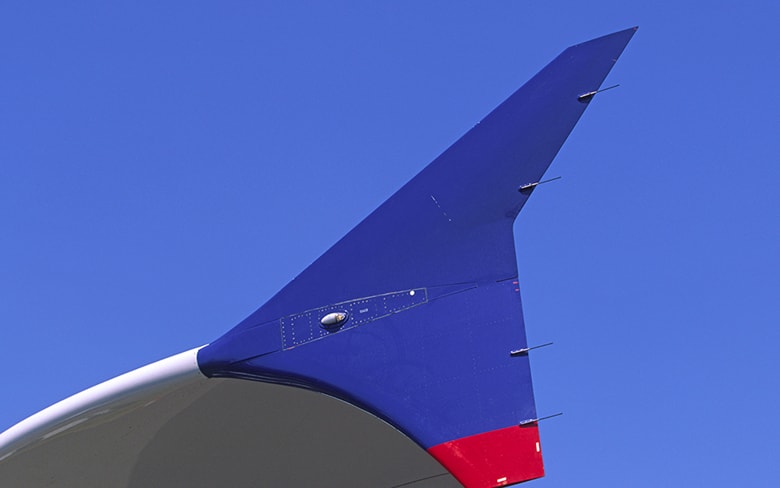
The 1990s witnessed the emergence of the environment as major issue, with concerns over global warming gathering pace. As a result, a host of initiatives – from wind farms to recycling – have been developed to try to reduce man’s impact on the environment. Among other innovations, GKN has been at the forefront of reducing the carbon footprint of planes, through the use of winglets. These near-vertical extensions to a plane’s wing tips reduce drag – improving fuel efficiency. Many planes now use winglets, including Boeing’s 737 and 767 – for which GKN is a major supplier.
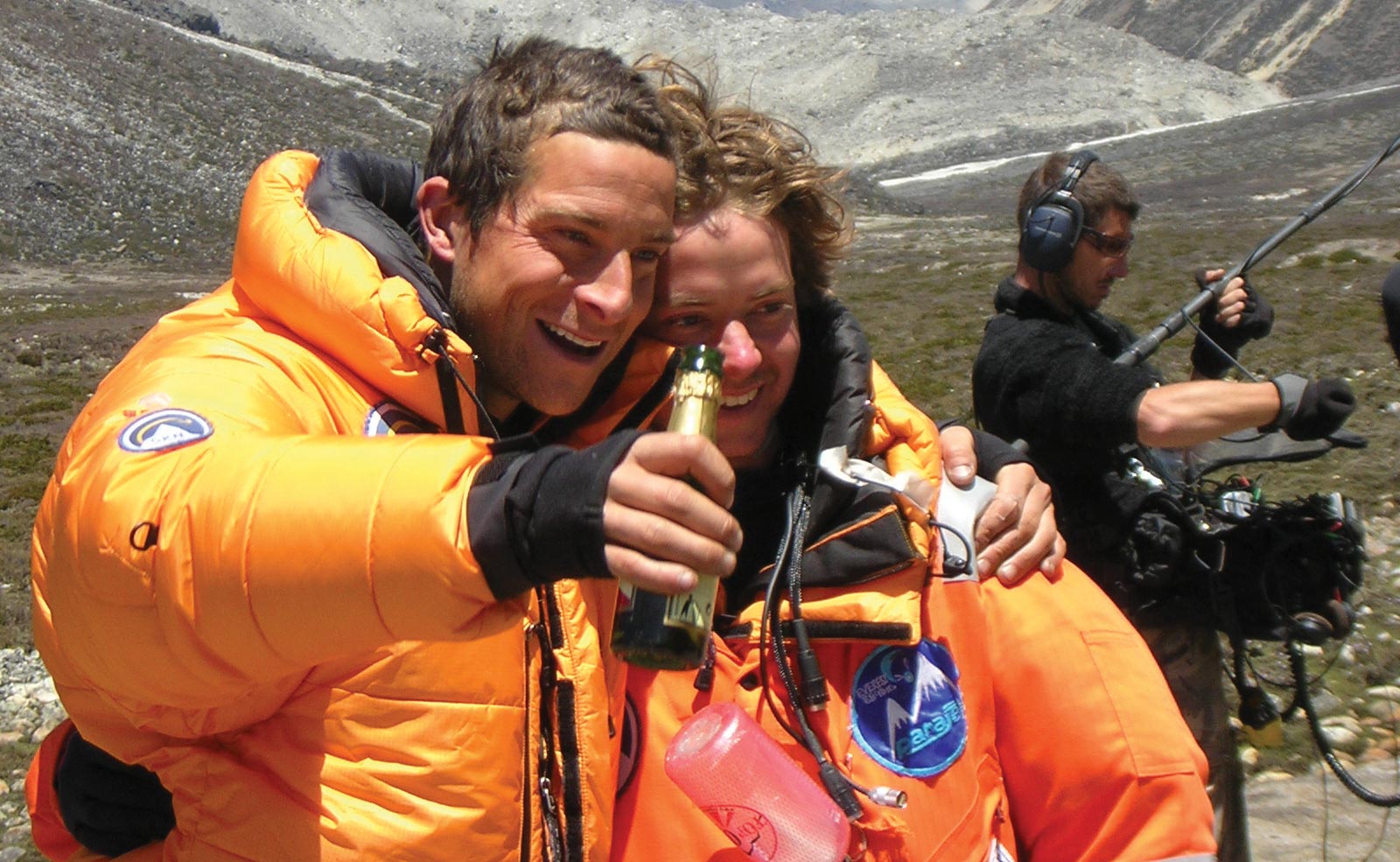
GKN Automotive today
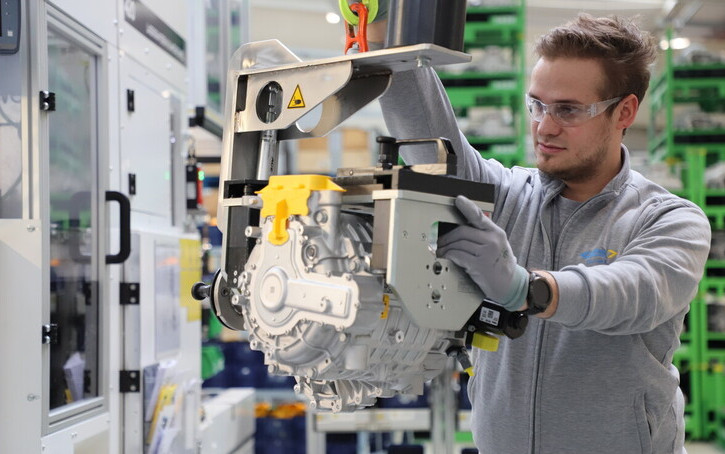
GKN Automotive has pioneered the development and industrialization of electric drive systems for use in plug-in hybrid and pure electric vehicles. It has also driven the introduction of more compact and efficient all-wheel drive systems with ActiveConnect and torque vectoring functions that deliver significant improvements in the vehicle’s emissions and dynamic response.
Today, more than 900,000 hybrid and electric vehicles are on the road today using GKN Automotive’s systems. Many more use the company’s all-wheel drive technologies. The company is leading the automotive industry’s drive towards new mobility models with technologies and systems that will make vehicles safer, more intelligent and more efficient than ever before.